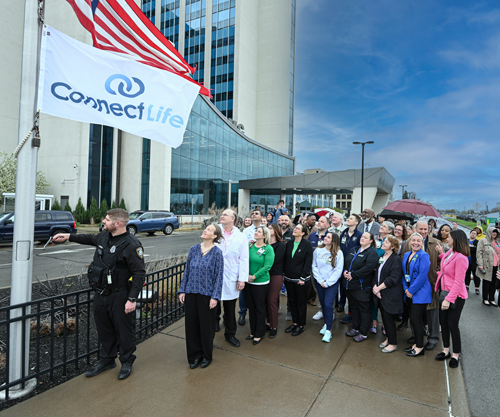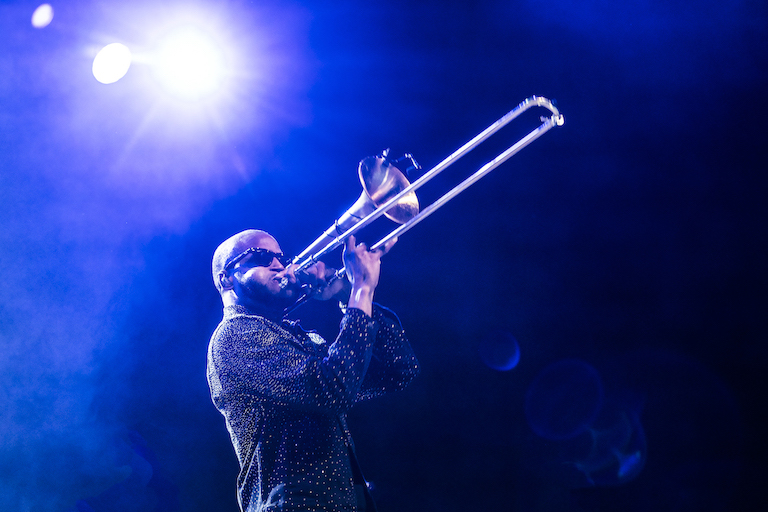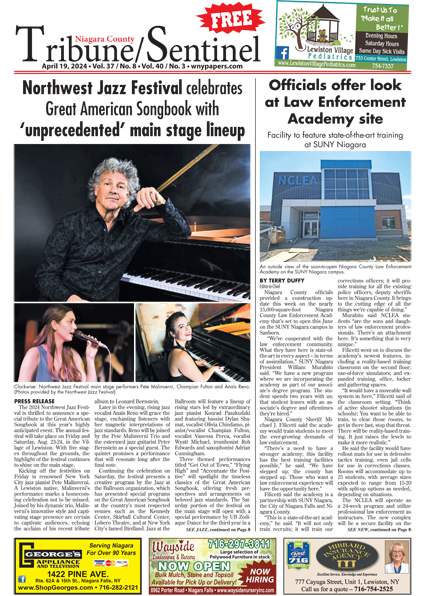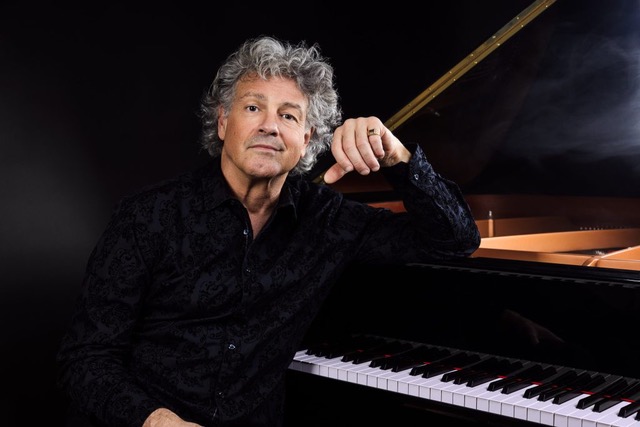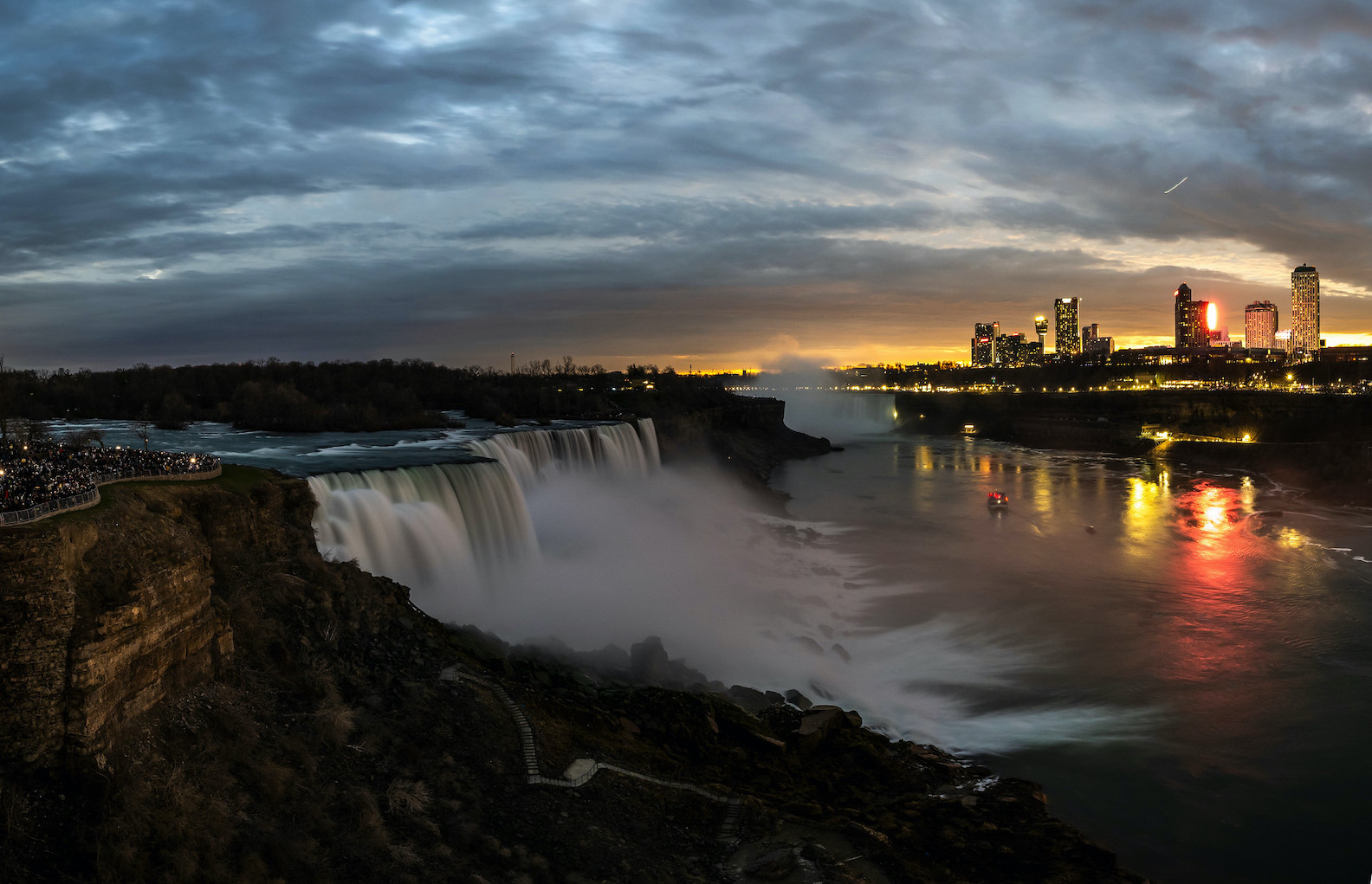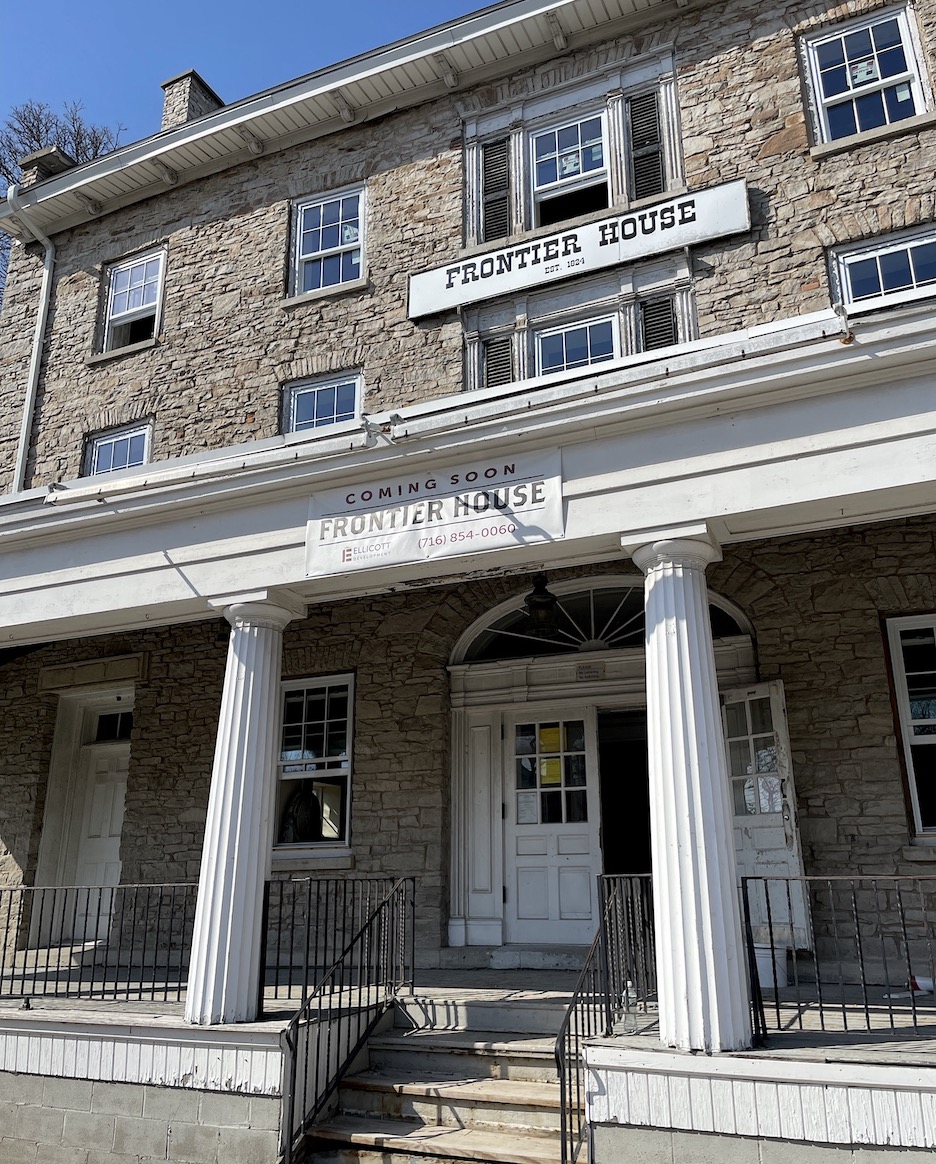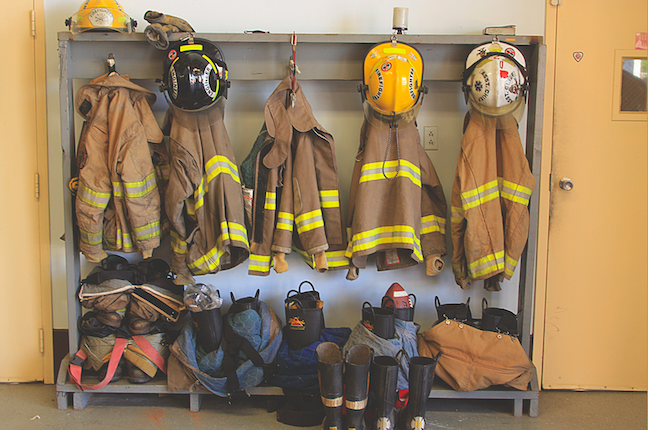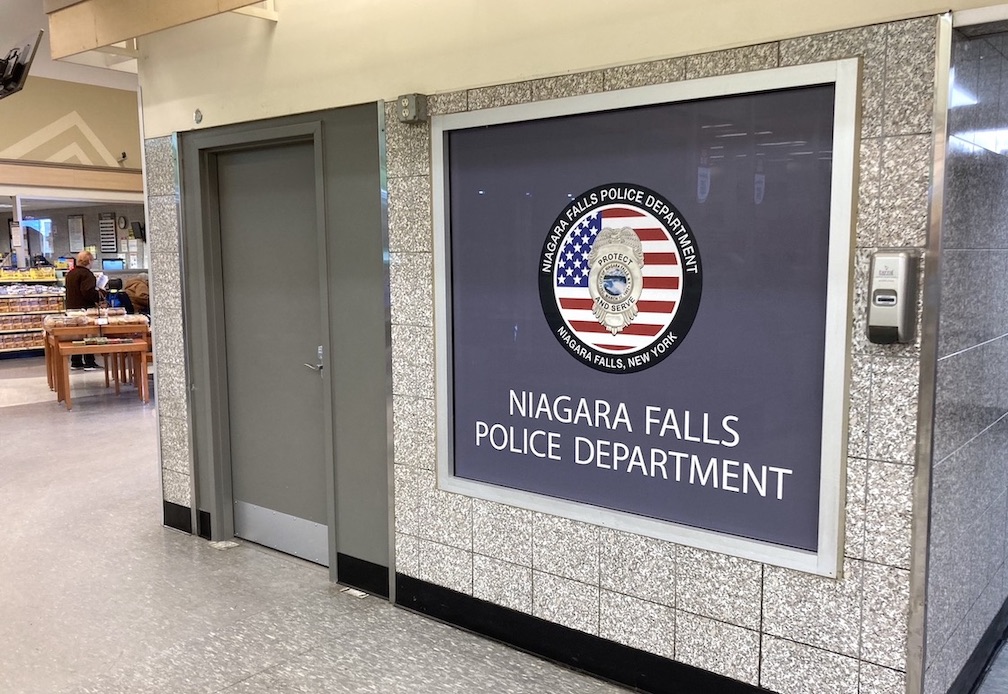Featured News - Current News - Archived News - News Categories
During National Bike Safety Month this May, New Yorkers are urged to wear helmets to reduce risk of severe head injury, save lives
Submitted by the New York Department of State’s Division of Consumer Protection
For this week’s “Tuesday’s Tips,” the New York Department of State’s Division of Consumer Protection is reminding New Yorkers of all ages of the importance of wearing a helmet when riding a bike.
May is National Bike Safety Month and, as the weather begins to get warmer and individuals have more opportunities for outdoor activities, New Yorkers are urged to make safety a priority by wearing helmets – which will reduce the risk of severe head injury and save lives.
“Helmets are not just for children; they are a vital piece of safety equipment that can save the lives of bikers of all ages,” New York Secretary of State Robert J. Rodriguez said. “As New Yorkers across the state begin to take advantage of the warmer weather by biking in one of our state’s many beautiful bike trails, parks or streets, I urge all riders to put on their helmets and proper safety gear before beginning their adventures on two wheels.”
In 2021, according to preliminary data from the Institute for Traffic Safety Management and Research, there were 1,455 police-reported bicycle crashes statewide in which a helmet was used. Of those, seven crashes resulted in at least one fatality, and 121 crashes resulted in at least one serious injury. In comparison, there were 3,946 police-reported bicycle crashes statewide in which a helmet was not used. Of those, 32 crashes resulted in at least one fatality, and 378 crashes resulted in in at least one serious injury.
DMV Commissioner and Chair of the Governor’s Traffic Safety Committee Mark J.F. Schroeder said, “As spring weather warms up and turns into summer, more New Yorkers will be taking advantage of riding a bike for enjoyment and exercise. That means when you’re moving on four wheels, you need to be more aware of those moving on two wheels. It is on all of us to look out for each other to make sure our state’s roadways and roadsides are safe for everyone.”
State Parks Commissioner Erik Kulleseid said, “Biking is an amazing recreational activity and something that should be enjoyed safely. Whether exploring a state park or the thousands of miles of scenic trails that New York state provides, it’s important to always stay alert and wear a helmet.”
Empire State Development Vice President and Executive Director of Tourism Ross D. Levi said, “Exploring New York by bicycle is a great way to experience the state, from the Empire State Trail, to scenic food and wine trails, to lakeside routes and mountain adventures. I LOVE NY encourages all cyclists to better ensure they stay safe while finding what they love during their New York state getaway.”
Stay Safe by Choosing and Wearing Helmets Safely
√ Pair the activity to the helmet. Different activities can result in different impact to your head. Use a helmet that fits the activity so, if an accident occurs, you are better protected.
√ Make sure it fits. Bike helmets should have a snug but comfortable fit on the rider's head. The National Highway Traffic Safety Administration also has a guide on properly fitting bicycle helmets, helmet certifications and laws and more.
√ Buckle up! A helmet only works when it is worn properly for the duration of an activity. Make sure your helmet has a chin strap and buckle that lays flat and stays fastened. Wear your helmet level on your forehead, not tilted back.
√ Conform to regulations. The U.S. Consumer Product Safety Commission (CPSC) oversees helmets for many activities, including bike riding. For instance, bicycle helmets must conform to five separate standards: ASTM F1447, F18981: A helmet that complies with this standard is designed for use by infants and toddlers in activities involving non-motorized wheeled vehicles. Snell B-90A, B-95, N-942: A helmet that complies with this standard is designed to withstand more than one moderate impact, but protection is provided for only a limited number of impacts. Replace if visibly damaged (e.g., a cracked shell or crushed liner) and/or when directed by the manufacturer.
√ When buying a bike helmet, look for the label that reads: “Complies with U.S. CPSC Safety Standards for Bicycle Helmet.” Don’t add anything to the helmet, such as stickers, coverings or other attachments that didn’t come with the helmet upon purchase. These could affect the helmet’s performance.
√ After a crash or injury, replace. Once a helmet protects a person from a fall, it should no longer be used. Any damage to a helmet can reduce its effectiveness. Replace it before the next ride.
√ Replace your helmet when needed. You should follow the manufacturer’s guide for when to replace your helmet. If no guidance is provided, helmets should generally be replaced within five to 10 years of purchase if properly cared for and stored. If there are cracks in the shell, worn foam lining or other such imperfections that may occur during regular use, you should consider replacing it.
More details and tips from the CPSC are available here.
Ride Responsibly
√ Follow the same rules and responsibilities as motorists.
√ Bicyclists should ride with the flow of traffic, while walkers should go against traffic.
√ Ride in a safe environment away from traffic in a path, park or trail.
√ Check out the full list of New York State Department of Motor Vehicle’s tips on how to share the road safely whether driving, biking or walking.
Explore New York’s Bicycle Trails
Learn more about New York state’s bicycle trails. New York state has a wide variety of cycling opportunities and information available for New Yorkers. Learn more about our state's extensive network of both on- and off-road bicycle facilities and educational resources.
√ Check out the New York State Department of Transportation's bicycle program website, a gateway for everyone to discover the wide variety of cycling opportunities and additional bike safety information.
√ Read the latest blog from ILoveNY.com, which highlights “12 Amazing Trails for Every Level of Cyclist.”
√ Explore the Empire State Trail, the longest statewide multiuse trail in the country, spanning 750 miles from Buffalo to Albany, and from New York City through the Hudson and Champlain Valleys to Canada.
√ Visit the NYS Department of Environmental Conservation website for information on trails in state forests, wildlife management areas, unique areas and forest preserve land in the Adirondack and Catskill Parks.
About the New York State Division of Consumer Protection
The New York State Division of Consumer Protection provides resources and education materials to consumers, as well as voluntary mediation services between consumers and businesses. The consumer assistance helpline (1-800-697-1220) is available from 8:30 a.m. to 4:30 p.m. weekdays, excluding state holidays. Consumer complaints can be filed at any time at www.dos.ny.gov/consumer-protection. For other consumer protection tips and consumer alerts, consumers can follow the New York Department of State on Facebook, Twitter and Instagram, and check in every Tuesday for more practical tips that educate and empower consumers on a variety of topics. Sign up to receive consumer alerts directly to an email or phone here.



